One of the most common questions homeowners face when planning a solar installation is, “Should you replace your roof before installing solar panels?” This decision is crucial, especially in Oregon, where weather conditions can accelerate roof wear. As local solar experts at AES, we emphasize that the condition of your roof plays a significant role in the timing and overall cost-effectiveness of your solar installation.
Solar panels are a long-term investment with a lifespan of 25-35 years. If your roof is nearing the end of its lifespan, replacing it before installing solar panels can help you avoid future complications and expenses. After installing solar, roof replacements can become more complex, often costing an additional $1,500 to $6,000 to remove and reinstall panels¹.
Are you wondering how different roofing materials affect this decision? Let’s explore how roof types impact compatibility with solar panels and overall system longevity.
What Roofs Are Not Compatible With Solar Panels?
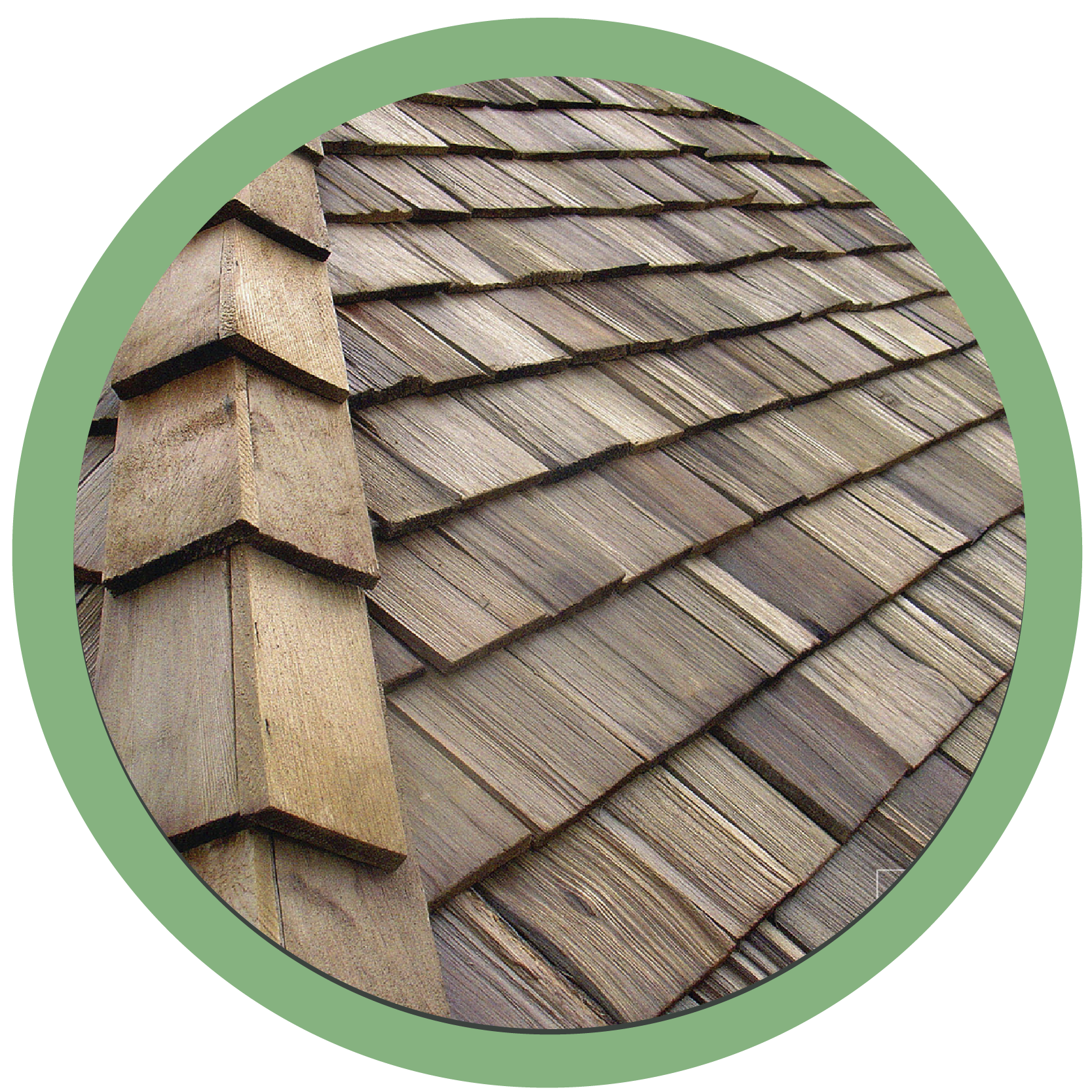
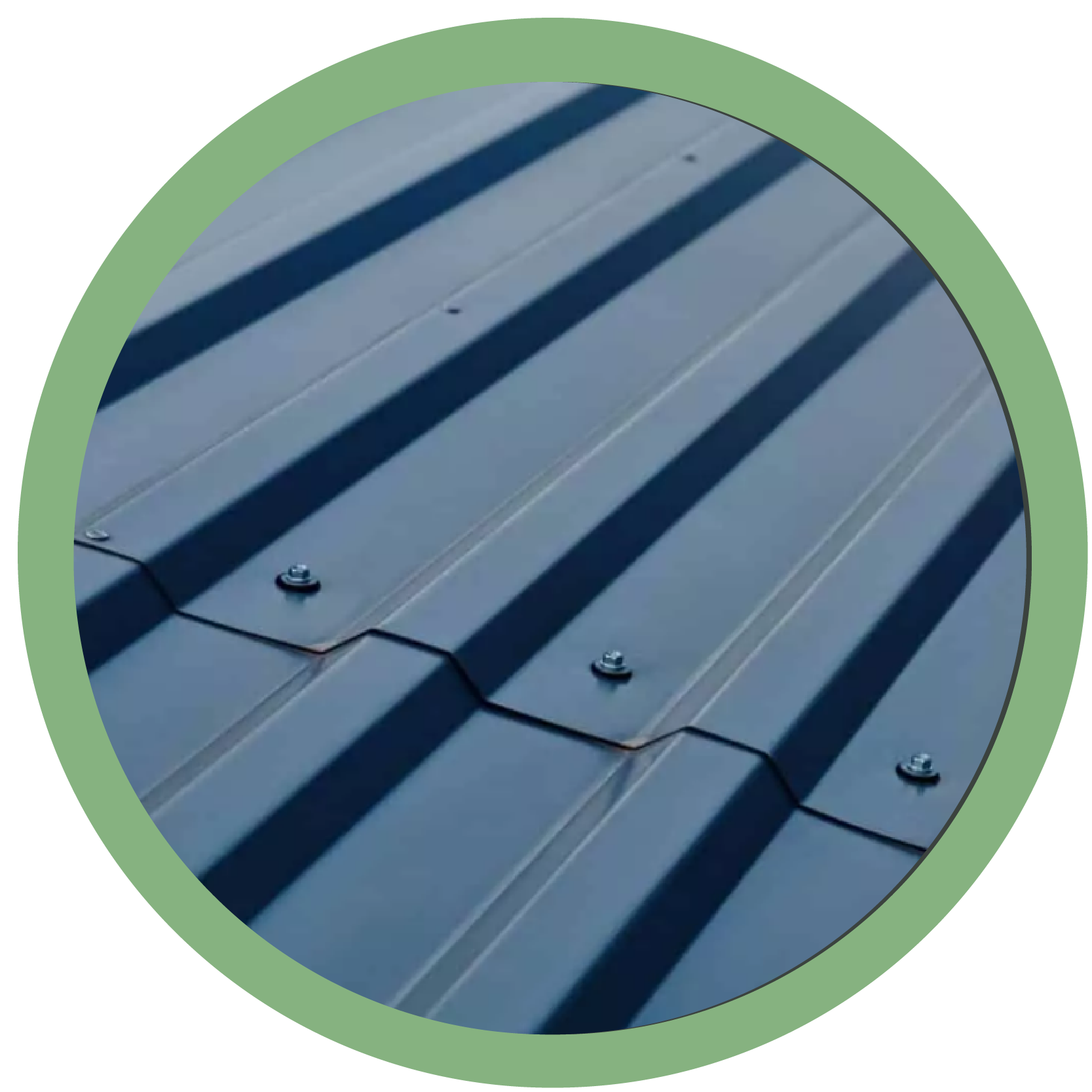
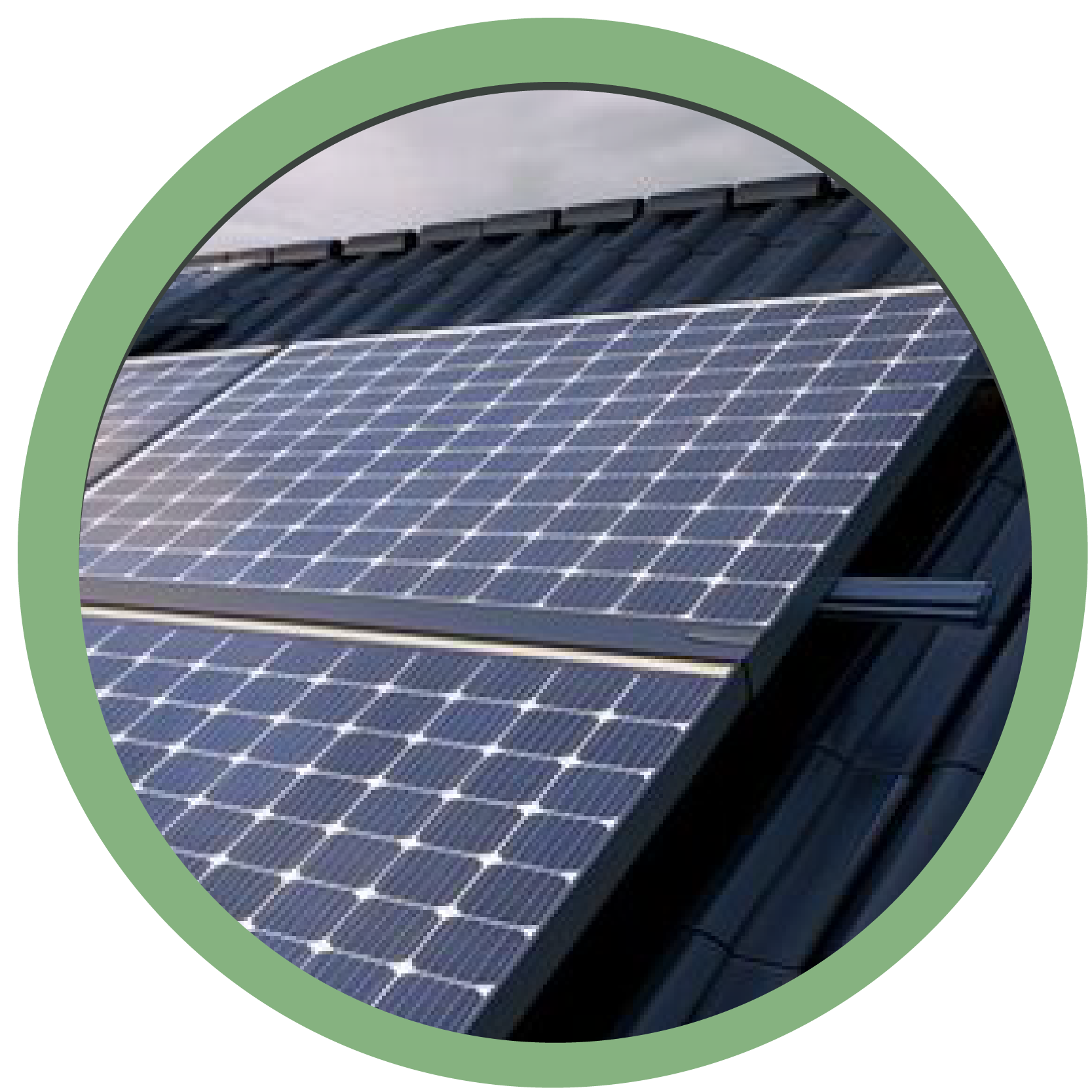
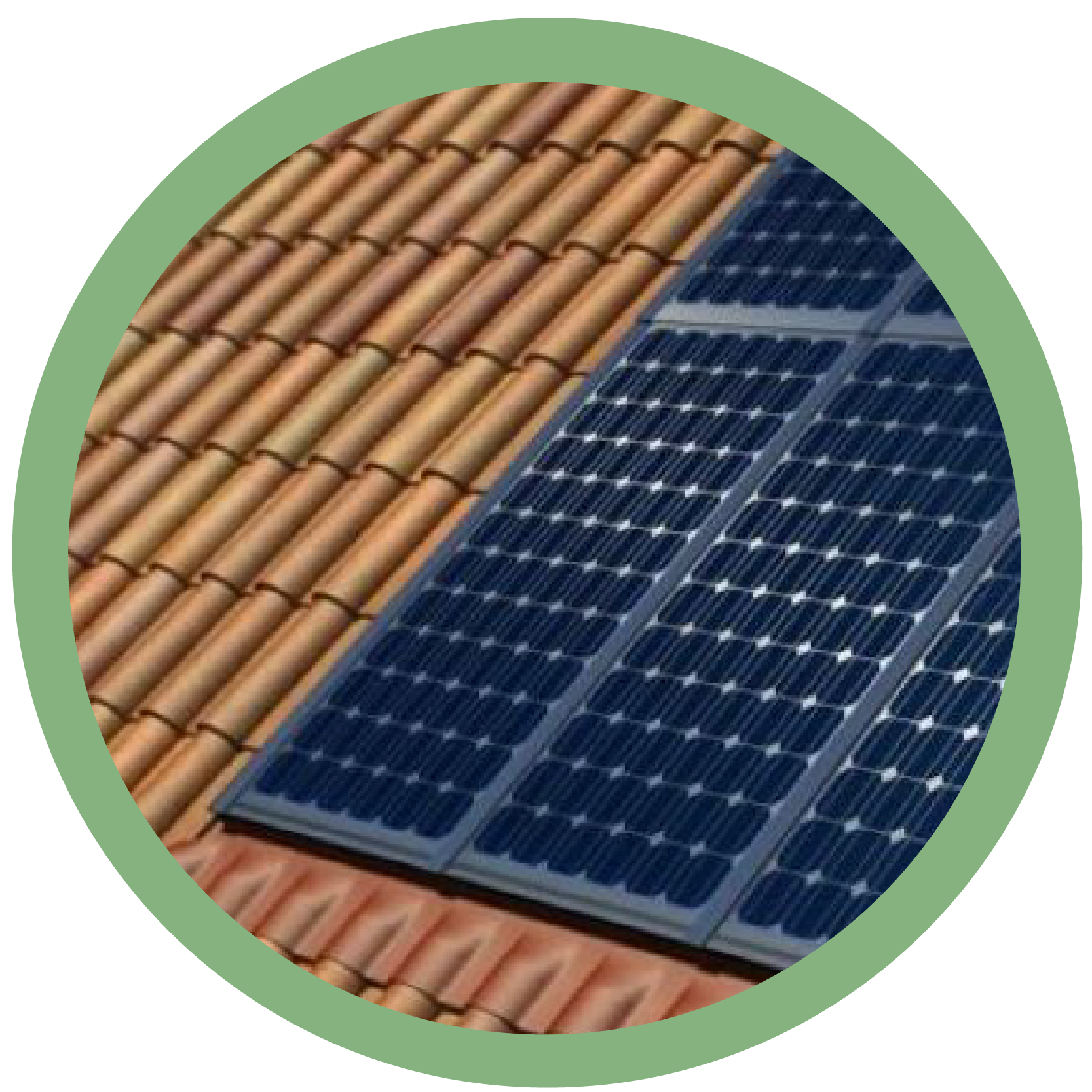
Less Compatible Materials
Wood shingles & slate may need replacing before installation.
Highly Compatible Roofs
Metal & tile roofs are durable, ideal for solar panels.
Extended Roof Life
Solar panels protect and may extend your roof’s lifespan.
Cooling Benefit
Panels can help keep your home cooler in summer
While most roofs are compatible with solar panels, some roofing materials may complicate installation. For instance, should you replace your roof before installing solar panels if it’s made from wood shingles or slate? These materials are often too brittle or costly to mount solar systems securely. In contrast, metal and tile roofs tend to be highly compatible, often outlasting the 25-35-year lifespan of solar panels. Metal roofs, especially, can last up to 50 years, making them an ideal match².
If your roof is relatively new and made of durable materials like metal, you may not need a replacement before going solar. In fact, solar panels can help extend your roof’s lifespan by covering large portions, which protects it from weather damage³.
Interestingly, solar panels may also reduce your home’s temperature. For instance, after AES installed panels on a house in Oregon, one of the hottest rooms stayed cooler during peak summer hours. Now, let’s explore how these panels are attached to your roof.
Do Solar Panels Require Holes in the Roof?
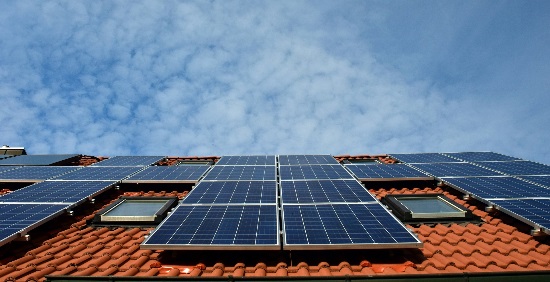
Yes, most solar panel installations on traditional roofs require drilling small holes to secure the mounting system. These holes are created for lag bolts that hold the racking system supporting the panels. However, if you’re wondering, “Should you replace your roof before installing solar panels?” due to concerns about leaks, rest assured that professional installers seal these holes with flashing and sealant to maintain the roof’s integrity and prevent leaks⁴.
For certain roof types, like standing seam metal roofs, panels can be installed without drilling. Clamps attach the panels securely without penetrating the roof, reducing the potential for leaks and helping ensure a watertight seal⁵.
With the right installation process, your roof should remain protected and intact. Next, look at the specific steps in installing solar panels on a roof.
How Are Solar Panels Installed on a Roof?
The installation process for solar panels involves careful planning and specific steps to ensure a secure and efficient setup. First, an installer will assess your roof type to choose the appropriate mounting system. For instance, clamps are commonly used for metal roofs, while asphalt shingles may require lag bolts. This selection process is crucial if you’re considering replacing your roof before installing solar panels, as certain mounting methods are more compatible with newer or sturdier roofs⁵.
Proper spacing is another key factor. Installers typically leave 3-4 inches between the panels and the roof to allow airflow and prevent overheating. For homes in windy regions like parts of Oregon, additional elements, such as wind deflectors, might be installed to stabilize the system against high winds⁶. After installation, regular checks for unusual noises or shifting in the panels are recommended, as these can signal the need for minor adjustments to maintain system integrity.
Are you curious about taking on a solar installation yourself? Let’s explore whether DIY installation is a realistic option.
Assessment
- Roof type evaluation
- Selection of mounting system (e.g., clamps for metal roofs, lag bolts for asphalt)
Spacing and Airflow
- 3-4 inches gap between panels and roof
- Prevents overheating, allows airflow
Roof Preparation
- Consider roof replacement if needed
- Ensure compatibility with chosen mounting system
Stabilization
- Install wind deflectors if needed (for windy areas)
Mounting System Installation
- Secure mounts based on roof material
- Attach racking to mounts for panel placement
Final Adjustments & Maintenance
- Check for noises or shifting panels
- Regular maintenance for system integrity
Can You Install Solar Panels Yourself?

Technically, yes—you can install solar panels yourself. However, it’s a complex process that requires knowledge of electrical systems, roofing, and local building codes. One of the biggest challenges DIY installers face is navigating local regulations and obtaining the necessary permits. In Oregon, for instance, solar installations typically require permits from local authorities, which can take several weeks to process. These permits ensure the system meets safety standards and can be properly connected to the utility grid¹. Without the correct permits, homeowners may face fines or even be required to remove the system.
Another critical factor to consider is the potential for reduced efficiency. Improperly installed panels—such as those mounted at incorrect angles or facing the wrong direction—can reduce energy output by 10-20%, impacting your expected savings and potentially outweighing the initial cost savings of DIY installation². Furthermore, incorrect wiring or failure to meet code requirements can lead to operational issues or even safety hazards, such as electrical fires.
If you’re asking, “Should I replace my roof before installing solar panels?” keep in mind that DIY installers may not accurately assess your roof’s condition, which could lead to complications. Also, warranties are another crucial consideration. Most manufacturers only honor warranties if certified professionals install the solar panels. DIY installation could void your warranty, leaving you responsible for repairs or replacements if something goes wrong.
For homeowners looking to save money, it is essential to weigh the initial savings of DIY installation against the potential long-term costs and risks. Consulting with a local professional or installer ensures the system is set up safely and performs optimally over its lifespan.
Ready to learn how to maintain a roof with solar panels? Let’s dive in.
How to Maintain a Roof With Solar Panels?
Maintaining a roof with solar panels is straightforward and essential for optimal system performance. In Oregon, frequent rain can naturally clean the panels, but regular manual cleaning may be necessary if you live in a dusty area or experience minimal rainfall. To clean your panels, use a soft brush or microfiber cloth and avoid harsh chemicals or pressure washers, which could damage the panels or scratch the surface⁹.
If you’re asking yourself, “Should I replace my roof before installing solar panels?” consider maintenance needs. Solar panels can help protect your roof from weather damage, but routine inspections are crucial. Periodically check for debris or nests beneath the panels, as animals can sometimes nest there, potentially causing roof damage or reducing efficiency. Installing critter guards can prevent animals from getting under the panels.
In winter, if you experience heavy snowfall, gently remove snow with a soft tool to avoid scratching the surface of the solar panels¹⁰. Proper maintenance helps ensure that your roof and solar panels stay in excellent condition, maximizing their longevity and performance.

Does a Solar Roof Add Value to Your Home?
Yes, installing a solar roof can significantly increase your home’s value. Studies from EnergySage show that homes with solar energy systems tend to sell for about 4% more than comparable homes without solar¹¹. This premium can be even higher in markets with high electricity costs, where energy savings are highly valued by buyers.
In addition to boosting home value, solar panels can make properties more attractive to buyers. According to Zillow, homes with solar systems often sell faster, commanding premiums of up to $24,000 more than homes without solar, depending on the system size and location¹². If you’re considering a solar installation but wondering, “Should I replace my roof before installing solar panels?” remember that a well-maintained or newer roof can further enhance this added value by minimizing future maintenance.
Ultimately, a solar roof saves on electricity bills and makes your home more appealing and valuable to future buyers.

TAKEAWAY
Deciding “Should you replace your roof before installing solar panels?” depends largely on your roof’s condition, material, and age. If your roof is nearing the end of its lifespan, replacing it before installation can save you thousands of dollars in future costs. However, if your roof is in good shape and made from durable materials, you may be able to proceed with the solar installation without a replacement.
Consulting a local expert to assess your roof’s condition, using tools like a Google Calculator to estimate savings, and researching the best solar companies in your area will help you make an informed decision. Partnering with a professional installer protects your home, can enhance its value, and ensures you enjoy the long-term benefits of solar energy.
Footnotes
¹ EnergySage. (n.d.). Solar panel roof replacement. https://www.energysage.com/solar/solar-panel-roof-replacement/
² EnergySage. (n.d.). Are solar panels worth it? https://www.energysage.com/solar/are-solar-panels-worth-it/
³ National Renewable Energy Laboratory. (n.d.). https://www.nrel.gov/
⁴ National Renewable Energy Laboratory. (n.d.). https://www.nrel.gov/research/re-photovoltaics.html
⁵ National Renewable Energy Laboratory. (2010). A guide to photovoltaic (PV) system design and installation (Report No. NREL/TP-7A2-46078). https://www.nrel.gov/docs/fy10osti/46078.pdf
⁶ Solar Panel Talk. (n.d.). Mounting systems with wind deflectors. Retrieved from https://www.solarpaneltalk.com/forum/solar-panels-for-home/solar-panels-for-your-home/14335-mounting-systems-with-wind-deflectors
⁹ SolarReviews. (n.d.). Solar panel maintenance: Everything you need to know. Retrieved from https://www.solarreviews.com/blog/solar-panel-maintenance-everything-you-need-to-know
¹⁰ DIY Solar Power Forum. (n.d.). https://diysolarforum.com/
¹¹ EnergySage. (n.d.). Solar power as a home improvement strategy. https://www.energysage.com/solar/solar-power-as-a-home-improvement-strategy/
¹² Zillow. (n.d.). https://www.zillow.com/research/solar-panels-sell-home-23798/

